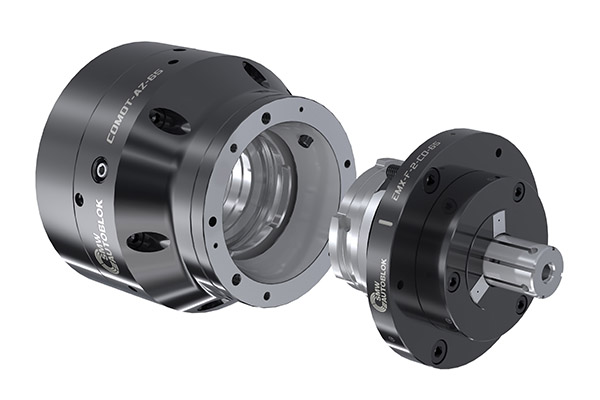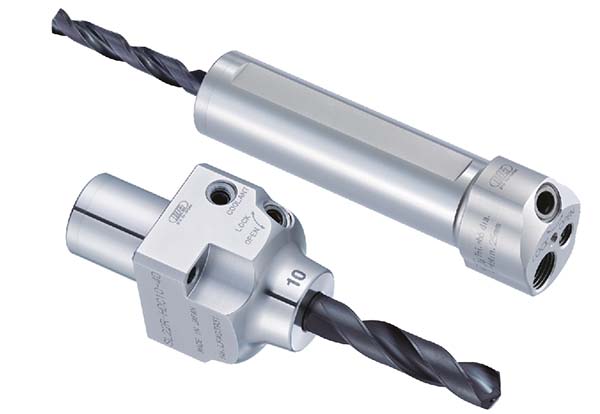
Kurt Workholding is rolling out its new DX8 CrossOver vice to bring the same benchmark DX-series vice features to the 8-inch platform. Availability in the UK is via Carillon Industrial Services (CIS).
Kurt’s DX8 CrossOver vice is the newest and largest vice in the DX CrossOver family. The company has combined the best features of its Kurt D810 and Kurt 3800V vices into a single solution with state-of-the-art features that it says set a new standard in precision flatness, parallelism and repeatability.
The premium, one-piece body design, now standard on all Kurt general-purpose vices, was designed using FEA and has 30% less horizontal (push back) deflection than previous DX models. Less vice-body deflection means more stability than a bolt-on design allows, as well as a lifetime of dimensional precision. It is the same design that Kurt has used successfully on its 3600V and 3800V models for many years.
Kurt’s DX8 CrossOver vice features the same bed height and keyway to the stationary jaw face as the D810. However, it has a redesigned nut with lighter weight, a new brush seal design and a larger, stronger bearing pack that is more durable than previous vice designs.
The redesigned body still retains the lifting handle on the back side of the stationary jaw for easy positioning, while the chip guard no longer passes under the stationary jaw with the one-piece body design and will protrude out of the back of the vice. The entire DX family of vices feature the proprietary Kurt AngLock spherical segment to create all-directional alignment and reduce jaw lift and improve performance. All DX CrossOver vices also use sine keys for easy, accurate mounting.
For further information
www.cis-tools.co.uk























